Over January, February and early March 1975, British music fans could buy tickets for what was titled The Naughty Rhythms Tour. Three bands were billed, with the running order changing each evening. The tour was the idea of Andrew Jakeman, who worked for one of the bands, and Chris Fenwick, the manager of another: on their own, each band couldn’t fill larger venues. Together, more tickets would be sold and fans would be picked up.
Jakeman was working for Chilli Willi and the Red Hot Peppers, one of the three bands. Fenwick managed another: Dr. Feelgood. The third outfit on the tour was Kokomo, who supplied the PA. Their manager, Steve O’Rourke, also had Pink Floyd on his books.
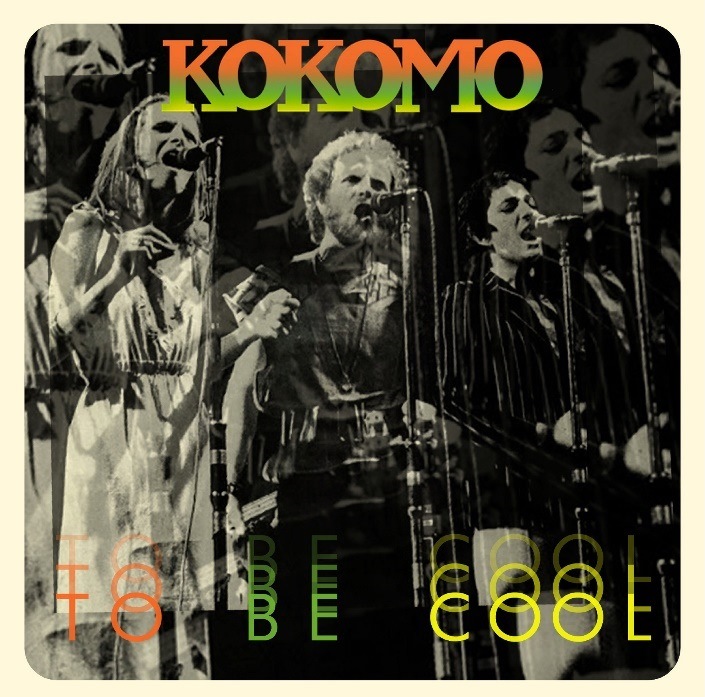 As the tour went on, the Grateful Dead-esque country rockers Chilli Willi announced they were packing it in after the last date. They’d been outdone by punkish R&B merchants Dr. Feelgood. Jakeman duly became the Feelgoods tour manager. Chilli Willi’s drummer, Pete Thomas, later turned up in Elvis Costello & The Attractions who would be on Stiff, a label co-run by Jakeman – known now as Jake Riviera. By this point he was managing Costello.
As the tour went on, the Grateful Dead-esque country rockers Chilli Willi announced they were packing it in after the last date. They’d been outdone by punkish R&B merchants Dr. Feelgood. Jakeman duly became the Feelgoods tour manager. Chilli Willi’s drummer, Pete Thomas, later turned up in Elvis Costello & The Attractions who would be on Stiff, a label co-run by Jakeman – known now as Jake Riviera. By this point he was managing Costello.
The Naughty Rhythms Tour was a pre-punk signifier of what was coming – not necessarily punk rock, but a changing of the guard. The tour created ripples. Two audience members who caught dates were Paul Weller and Graham Parker. In contrast to Chilli Willi, both were fired up by Dr. Feelgood’s dynamism. Weller reconfigured his ideas of music for his band The Jam, while Parker decided to form a band and took out the relevant musicians-wanted small ad. When the tour hit London’s Rainbow, music writer John Ingham said “Dr. Feelgood are amazing.”
Kokomo also figured in Ingham’s review. “Kokomo slide through a very smooth soul revue,” he said and then concluded “it is readily assumed Kokomo will enjoy phenomenal success, though it will be interesting to see how long such a large band lasts [they had 10 members]. Dr. Feelgood is the one to keep your eye out for, though, I have seen the future of rock and roll, and it sure felt good.” Just over a year later, Ingham wrote the first Sex Pistols feature article.
Despite Chilli Willi's demise, the tour had raised the other two band’s profiles. Dr. Feelgood issued their debut album Down By The Jetty to coincide with the dates. Their stripped-down style opened doors which helped push punk into the open. They also topped the album charts in autumn 1976 with their live set Stupidity. Kokomo’s eponymous debut was also out during the tour and NME said it was “the best British debut in several years.”
After dates in the US, contributions to Bob Dylan’s Desire and a second album of their own, Kokomo hadn’t quite achieved what they might have. In January 1977, they headlined London’s Roundhouse without long-time members Neil Hubbard (guitar) and John Susswell (drums). By this point, they also lacked management and a label. Hubbard and Susswell were absent as they were working with Robert Palmer in America. They needed the money. It did not seem that The Naughty Rhythms Tour ultimately led to Kokomo becoming sustainable.
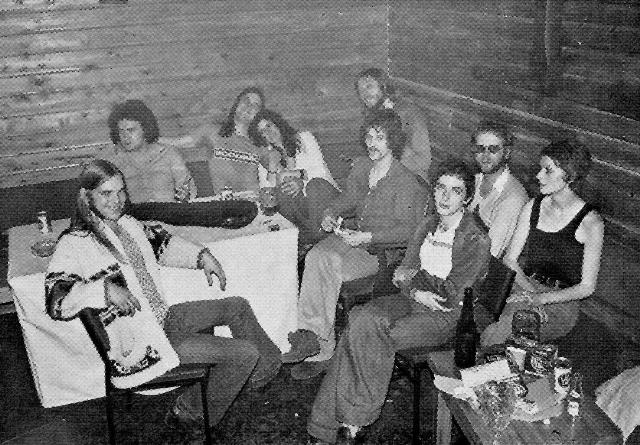 Their early potential is underlined by the double CD set To Be Cool. Disc Two includes five previously unheard tracks recorded in January 1974 as a demo at Apple Studios. Only one song – Carolyn Franklin’s “Angel” – was later recorded for release. The band had formed in May 1973 and were a radically reconfigured version of "Friends" hitmakers Arrival. Two members had played with Joe Cocker at Woodstock. Soul, in its southern flavour, was Kokomo’s bag. Although the demo catches the band fairly early on, what’s here is fully formed. Irrespective of their future path this is, in Seventies parlance, tasty. (pictured left, Kokomo in 1974)
Their early potential is underlined by the double CD set To Be Cool. Disc Two includes five previously unheard tracks recorded in January 1974 as a demo at Apple Studios. Only one song – Carolyn Franklin’s “Angel” – was later recorded for release. The band had formed in May 1973 and were a radically reconfigured version of "Friends" hitmakers Arrival. Two members had played with Joe Cocker at Woodstock. Soul, in its southern flavour, was Kokomo’s bag. Although the demo catches the band fairly early on, what’s here is fully formed. Irrespective of their future path this is, in Seventies parlance, tasty. (pictured left, Kokomo in 1974)
Later in 1974, the band taped a rehearsal in advance of signing with CBS. These professionally recorded tracks, the 11 collected on Disc One, have also not been heard before. Intriguingly, there’s a future-prefiguring version of Bob Dylan’s “New Morning.” Two songs are by band members: “It Ain't Cool (to be Cool no More)” by Frank Collins and “Anytime” by Neil Hubbard. Otherwise, it’s soul material by Joe Tex, Allen Toussaint, Bill Withers and others. This must be close to what was heard on The Naughty Rhythms Tour – looser than Disc Two's demo session, more about the groove and the vocals than the song itself. Songs are mostly over six minutes long and can breach the 10-minute mark. While there’s no flab in the playing, nothing here screams commercial in the getting-it-on-disc, scoring-a-hit sense.
From what’s heard on To Be Cool, a sense of Kokomo’s future is just out of reach. But add in the knowledge that The Naughty Rhythms Tour was around the corner and it’s possible to grasp how they would have stacked up against Dr. Feelgood – the laid back and soulful contrasting with the in-your-face and wired. Chalk up To Be Cool as a fascinating, pub rock-era prologue to the reshaping of the British music scene which took place between 1975 and 1977.
- Next week: 999 – A Punk Rock Anthology (1977–2020)
- More reissue reviews on theartsdesk
- Kieron Tyler’s website




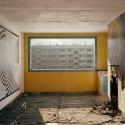
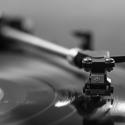
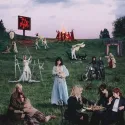
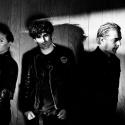
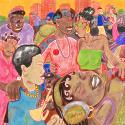

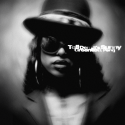



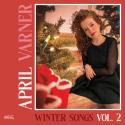
Add comment